Blackeyed Susan Companion Plants That Will
Black-Eyed Susan Companion Plants That Will Beautify Your Garden
Black-eyed Susans (Rudbeckia hirta) are a popular choice for gardens because of their bright yellow flowers and easy care. They are also deer-resistant, which makes them a good choice for gardens in areas with a high deer population.
If you are planning to plant black-eyed Susans in your garden, you may be wondering what companion plants would work well with them. There are many different plants that can be paired with black-eyed Susans, but some of the best include:
- Yarrow. Yarrow is a hardy perennial that blooms in shades of white, pink, and purple. It is a good companion plant for black-eyed Susans because it attracts beneficial insects, such as butterflies and bees. Yarrow also helps to repel pests, such as aphids and spider mites.

- Lavender. Lavender is a fragrant herb that blooms in shades of purple and blue. It is a good companion plant for black-eyed Susans because it helps to deter pests, such as mosquitoes and moths. Lavender also helps to improve the drainage of soil, which can be beneficial for black-eyed Susans.
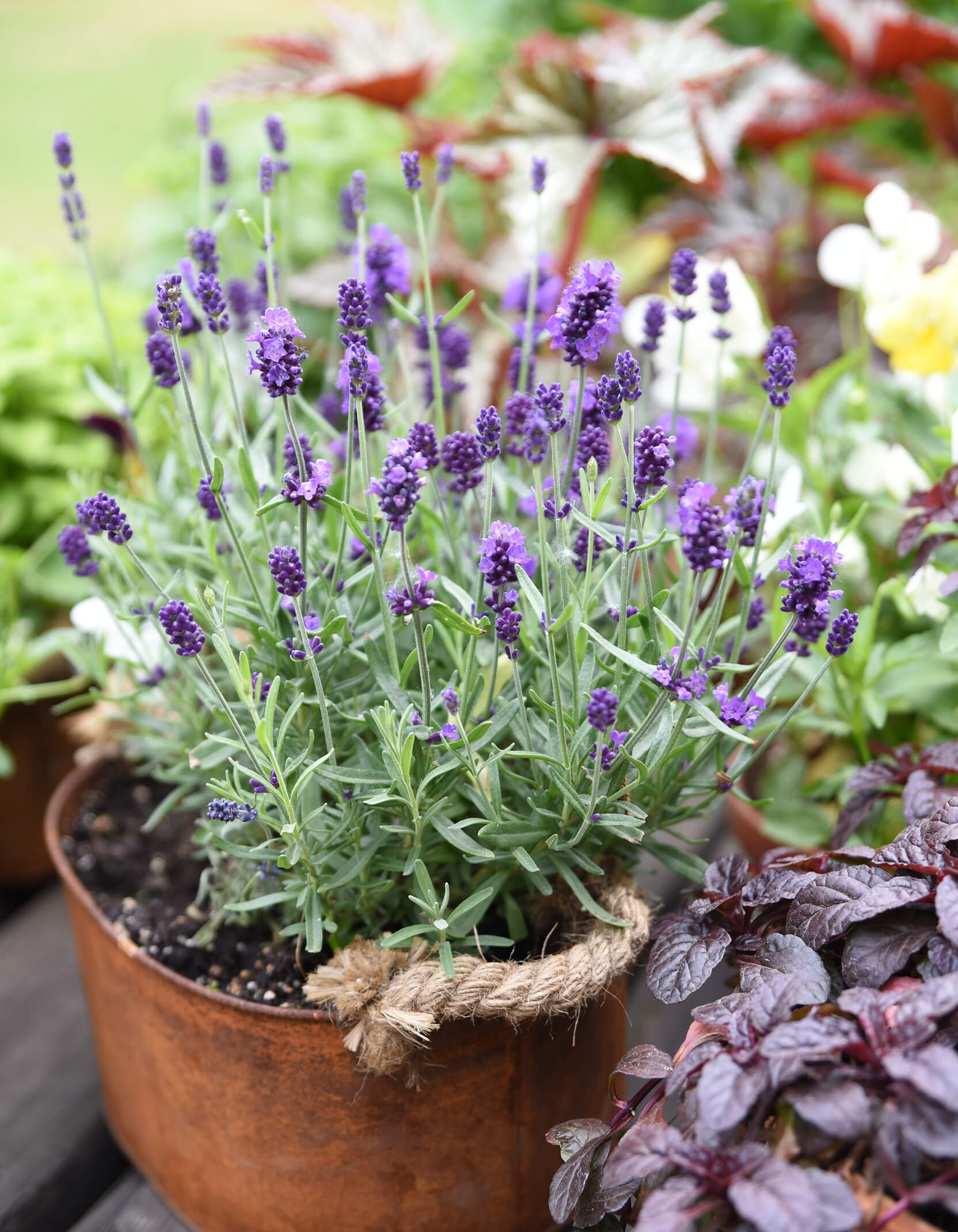
- Marigolds. Marigolds are annuals that bloom in shades of yellow, orange, and red. They are a good companion plant for black-eyed Susans because they help to repel pests, such as nematodes and Japanese beetles. Marigolds also help to improve the soil quality, which can be beneficial for black-eyed Susans.

- Bee balm. Bee balm is a perennial herb that blooms in shades of pink, purple, and red. It is a good companion plant for black-eyed Susans because it attracts beneficial insects, such as bees and butterflies. Bee balm also helps to improve the drainage of soil, which can be beneficial for black-eyed Susans.
- Coneflowers. Coneflowers are perennials that bloom in shades of yellow, orange, and red. They are a good companion plant for black-eyed Susans because they attract beneficial insects, such as bees and butterflies. Coneflowers also help to deter pests, such as deer and rabbits.
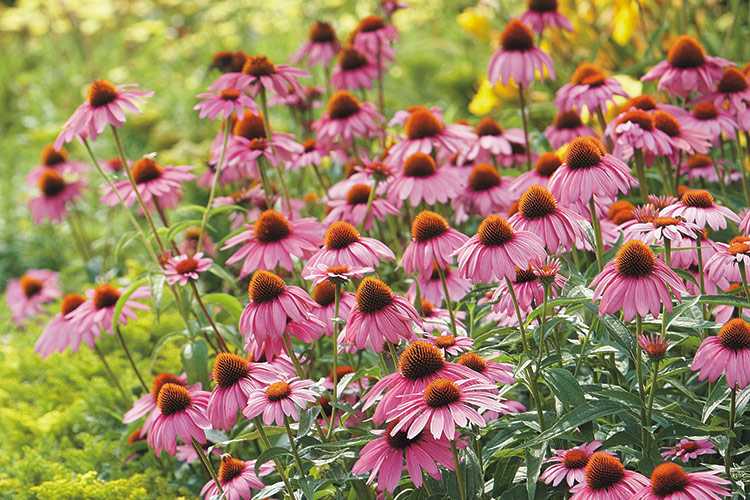
- Blanket flowers. Blanket flowers are annuals that bloom in shades of yellow, orange, and red. They are a good companion plant for black-eyed Susans because they attract beneficial insects, such as bees and butterflies. Blanket flowers also help to improve the drainage of soil, which can be beneficial for black-eyed Susans.
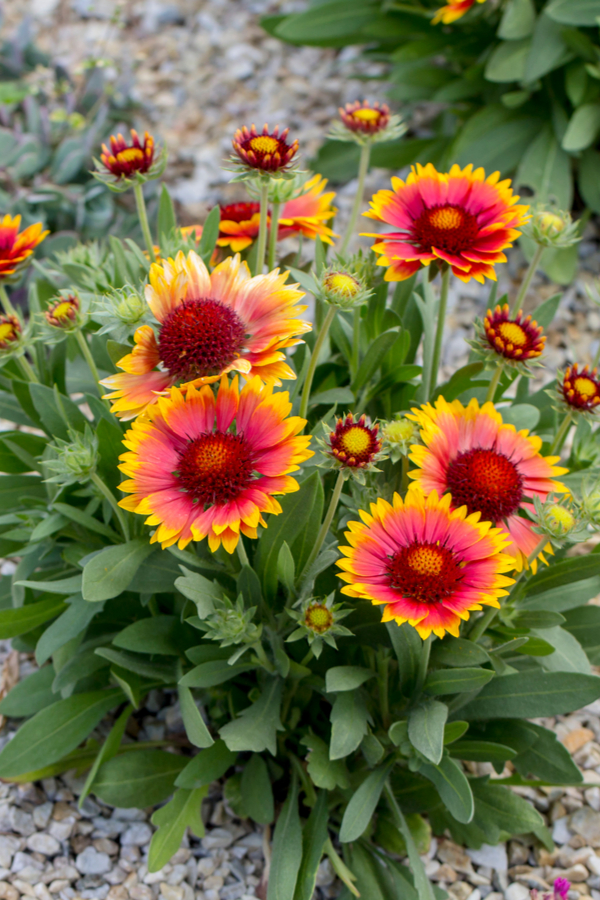
- Russian sage. Russian sage is a perennial shrub that blooms in shades of blue and purple. It is a good companion plant for black-eyed Susans because it helps to attract beneficial insects, such as bees and butterflies. Russian sage also helps to improve the drainage of soil, which can be beneficial for black-eyed Susans.
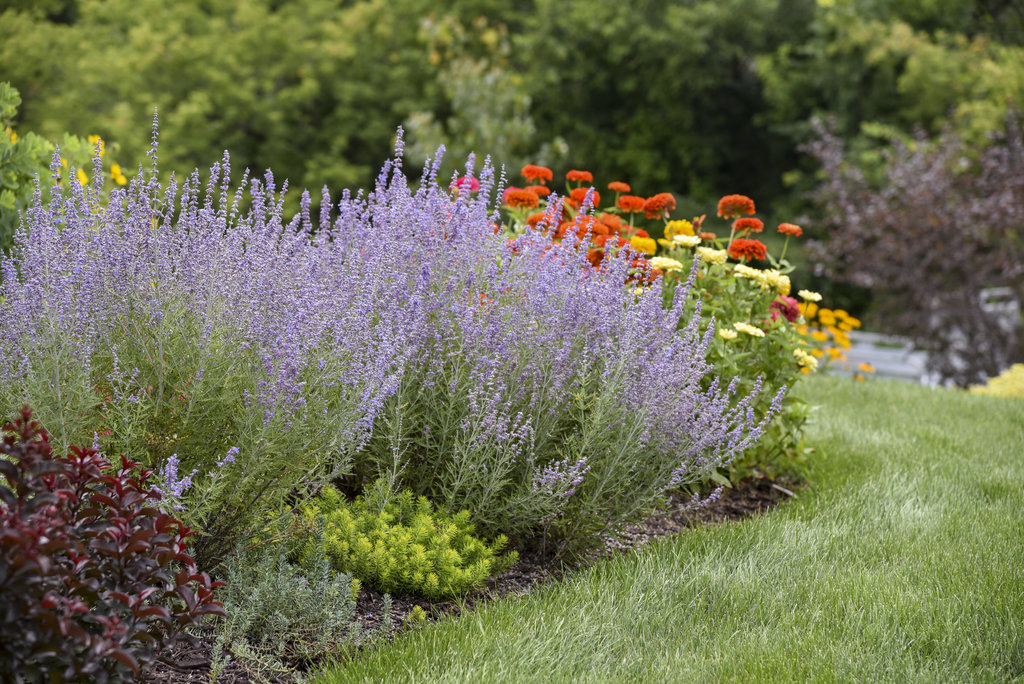
- Agastache. Agastache is a perennial herb that blooms in shades of blue, purple, and red. It is a good companion plant for black-eyed Susans because it helps to attract beneficial insects, such as bees and butterflies. Agastache also helps to improve the drainage of soil, which can be beneficial for black-eyed Susans.
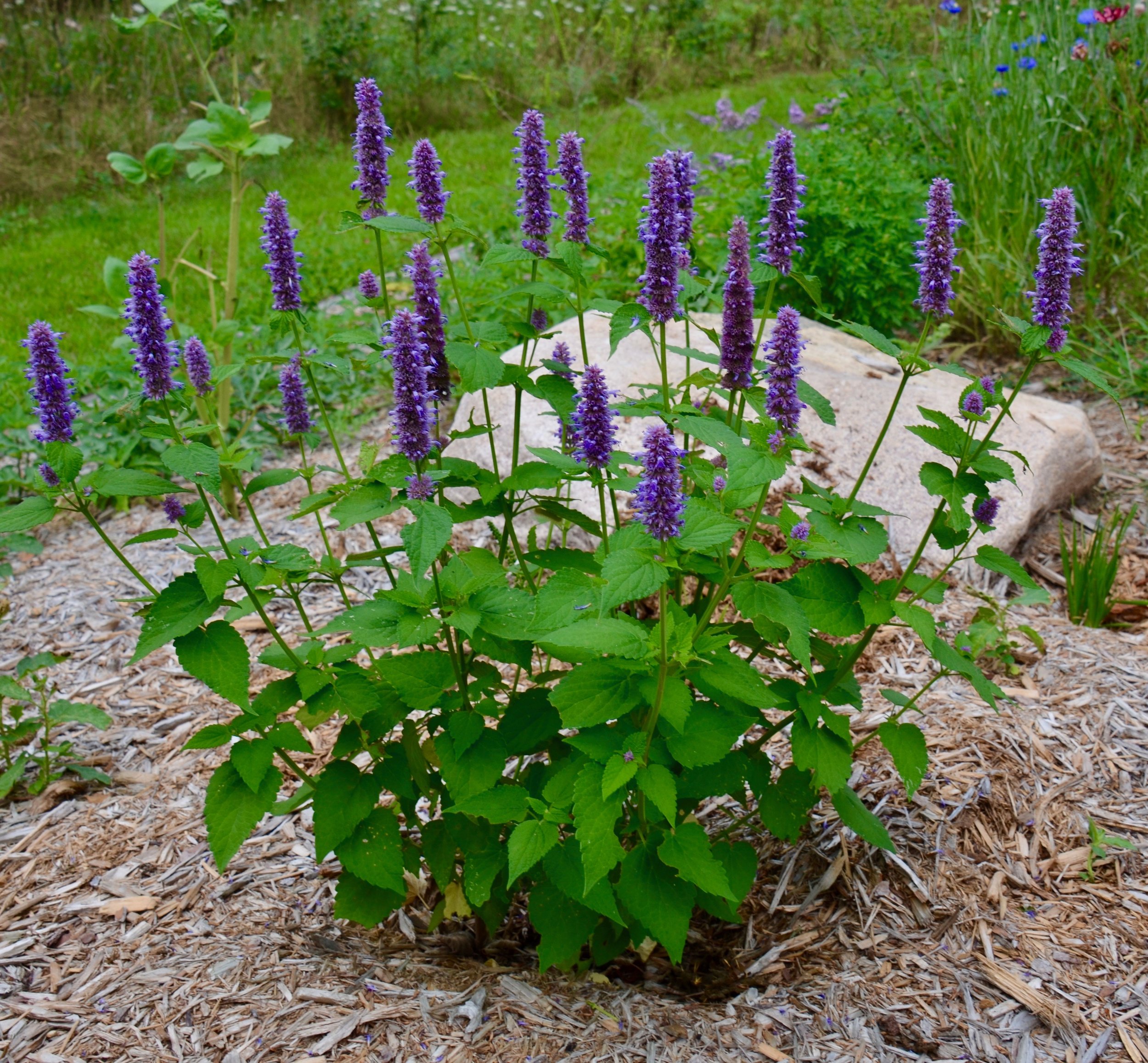
These are just a few of the many different companion plants that can be paired with black-eyed Susans. When choosing companion plants, it is important to consider the size, color, and growing conditions of the plants. You also want to make sure that the companion plants will not compete with each other for resources.
By planting black-eyed Susans with compatible companion plants, you can create a beautiful and thriving garden. The different plants will complement each other and help to attract beneficial insects. You will also have a more pest- and disease-resistant garden.
Black-eyed Susans are a popular choice for gardens because of their bright yellow flowers and easy care. But did you know that there are certain companion plants that can help your black-eyed Susans thrive?
Some of the best black-eyed Susan companion plants include:
- Yarrow: Yarrow is a tall, hardy plant that can help to deter pests from your black-eyed Susans. It also blooms at the same time as black-eyed Susans, so you'll enjoy a long season of color. [link to website address]
- Coneflower: Coneflowers are another tall, showy plant that can add contrast to your black-eyed Susans. They also attract pollinators, which can help to improve the health of your black-eyed Susans. [link to website address]
- Lavender: Lavender is a fragrant herb that can help to repel pests and attract pollinators. It also blooms in the same season as black-eyed Susans, so you can enjoy a double whammy of color and fragrance. [link to website address]
- Bee balm: Bee balm is a native North American plant that attracts pollinators like bees and butterflies. It also blooms for a long time, so you'll enjoy its colorful flowers all summer long. [link to website address]
If you're looking to add some beautiful and beneficial companion plants to your black-eyed Susan garden, be sure to check out the list above. And for more information about black-eyed Susans and their companion plants, visit Gardenia Inspiration.
FAQ of black eyed susan companion plants
null
Image of black eyed susan companion plants
- Zinnia: Zinnias and black-eyed Susans are both annuals that bloom in the summer. They have similar flower colors and heights, so they look great planted together. Zinnias also attract butterflies and other pollinators.
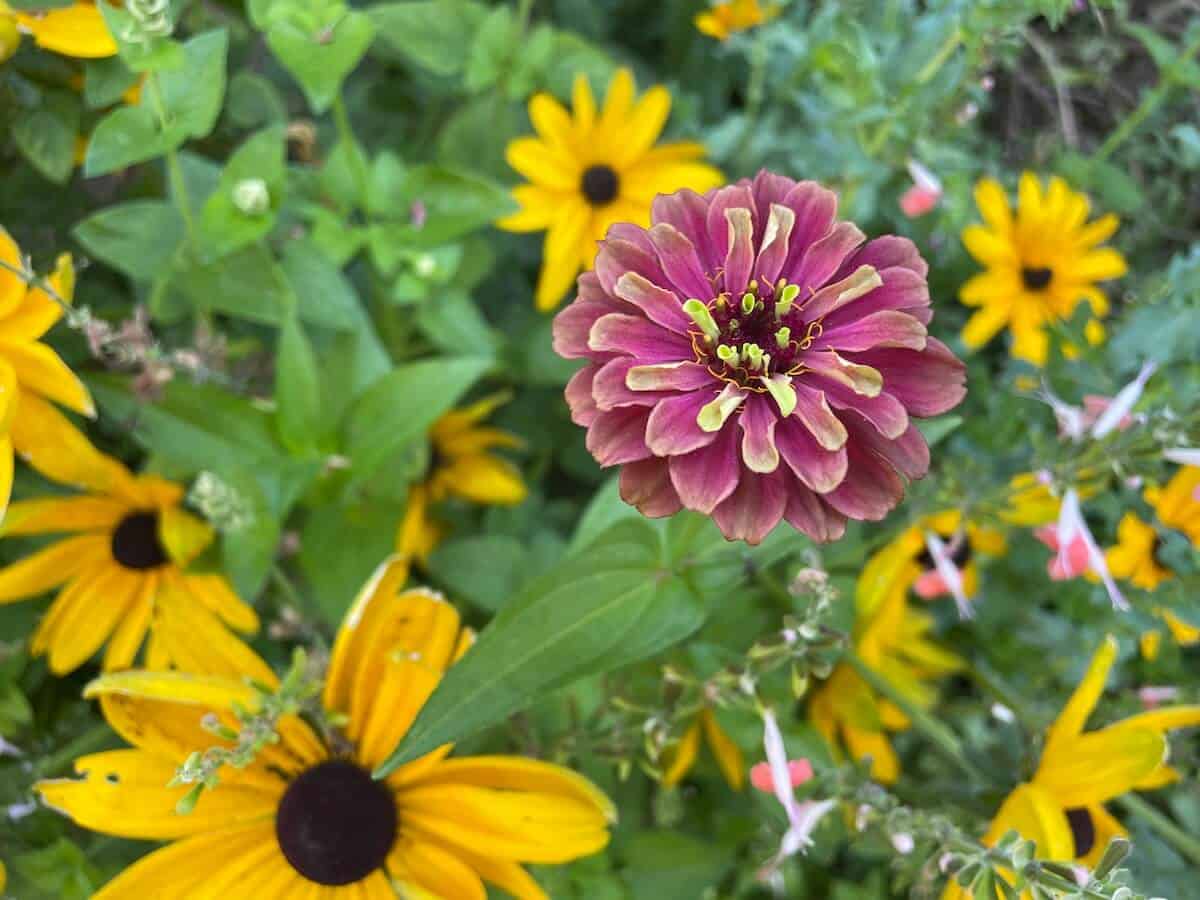
- Globe thistle: Globe thistle is a tall, spiky plant that blooms in the summer. It has a similar color scheme to black-eyed Susans, and it can help to add height and structure to a garden. Globe thistle also attracts butterflies and other pollinators.

- Sedum: Sedum is a low-maintenance succulent plant that blooms in the summer. It comes in a variety of colors, so you can choose one that complements the color of your black-eyed Susans. Sedum is also drought-tolerant, so it's a good choice for gardens in dry climates.
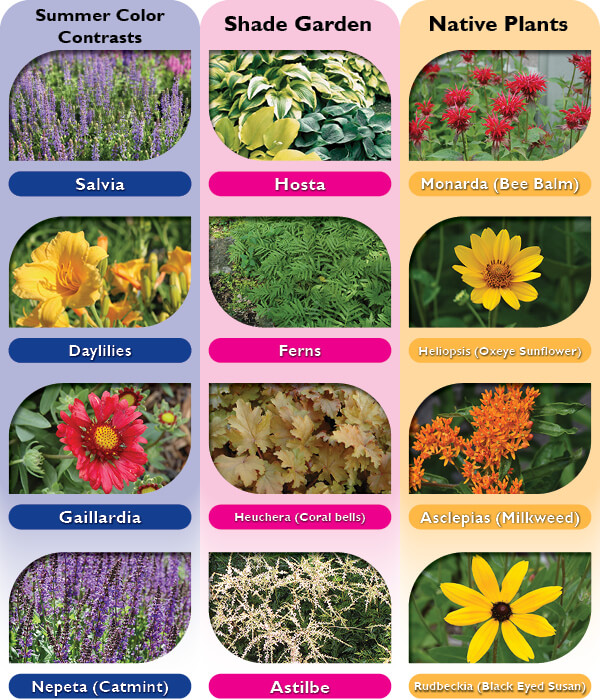
- Perennial hibiscus: Perennial hibiscus is a large, showy flower that blooms in the summer. It comes in a variety of colors, including yellow, orange, pink, and red. Perennial hibiscus can help to add height and interest to a garden, and it attracts butterflies and other pollinators.

- Echinacea: Echinacea is a daisy-like flower that blooms in the summer. It has a similar color scheme to black-eyed Susans, and it's known for its medicinal properties. Echinacea can help to boost the immune system and fight off infections.
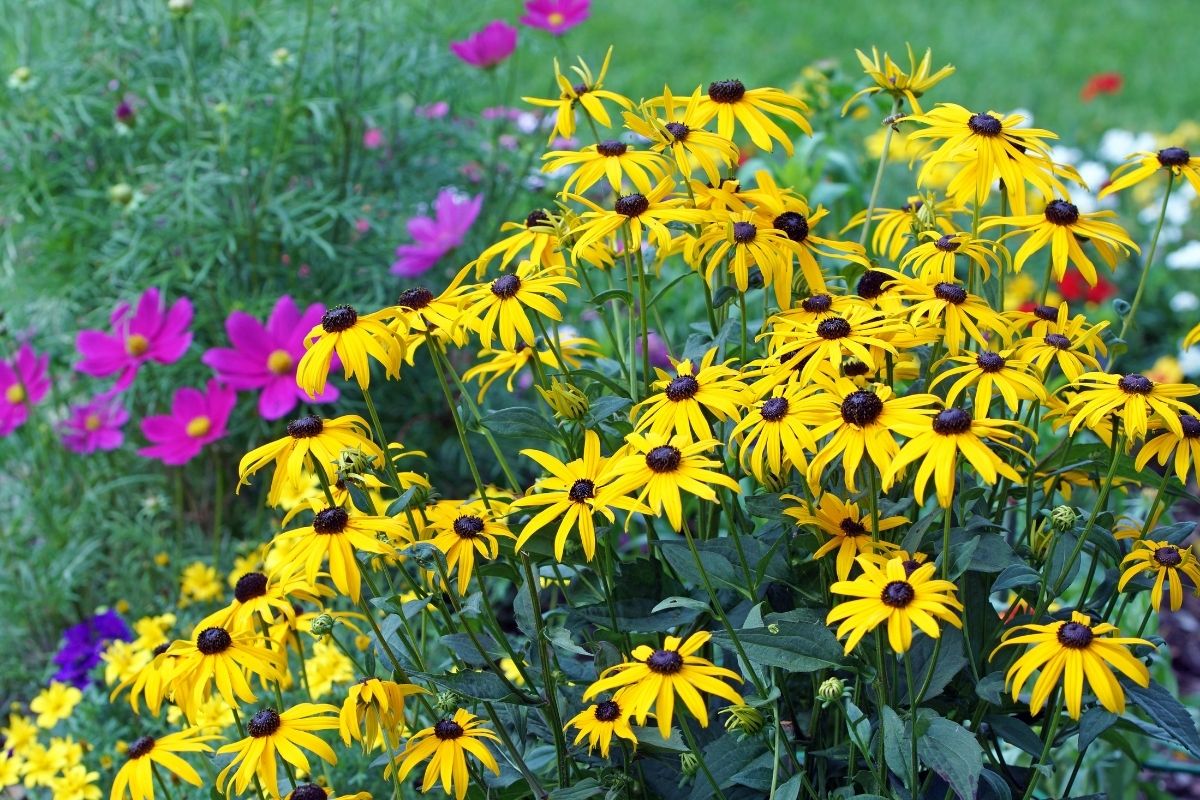
Post a Comment for " Blackeyed Susan Companion Plants That Will"